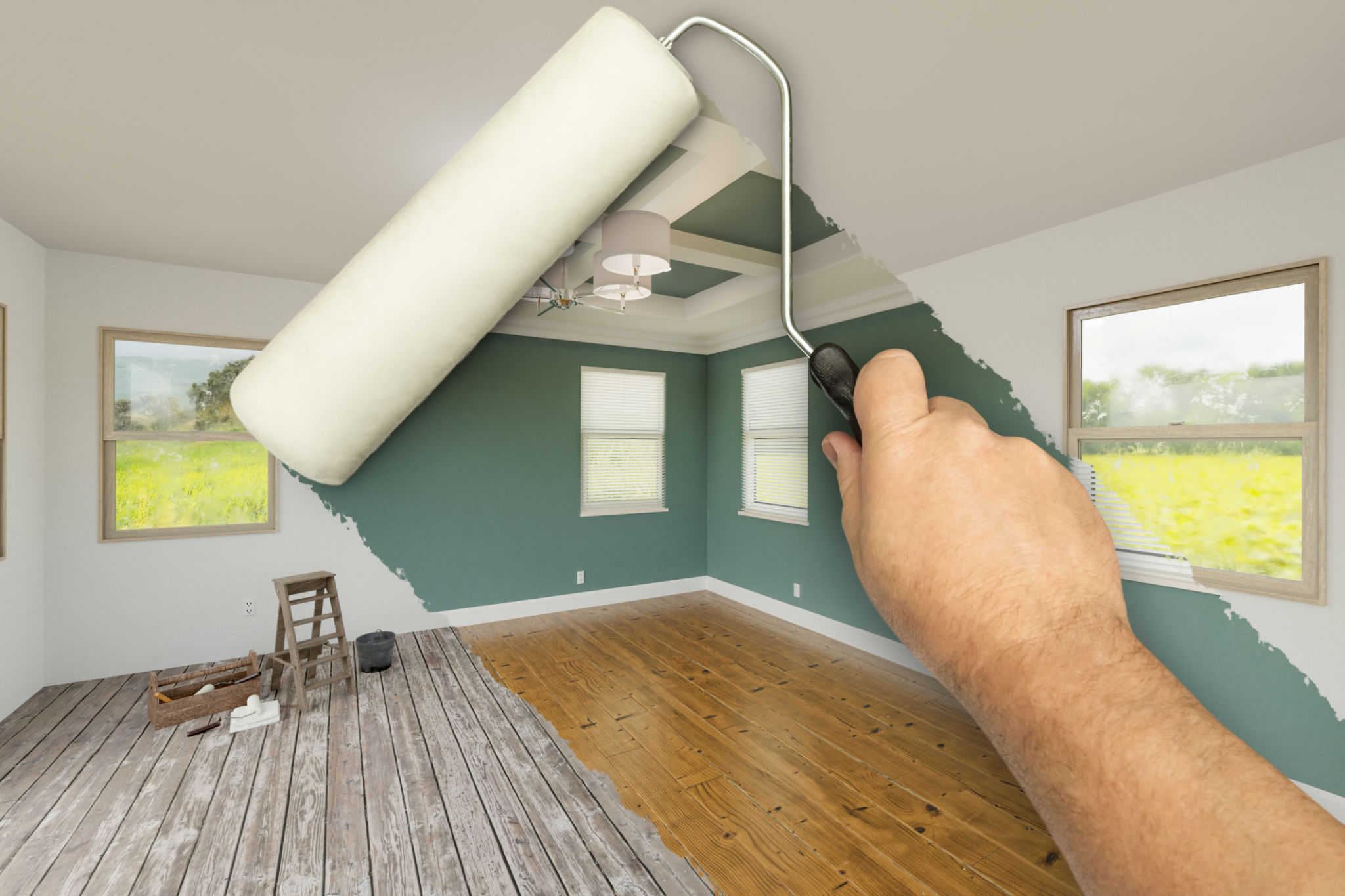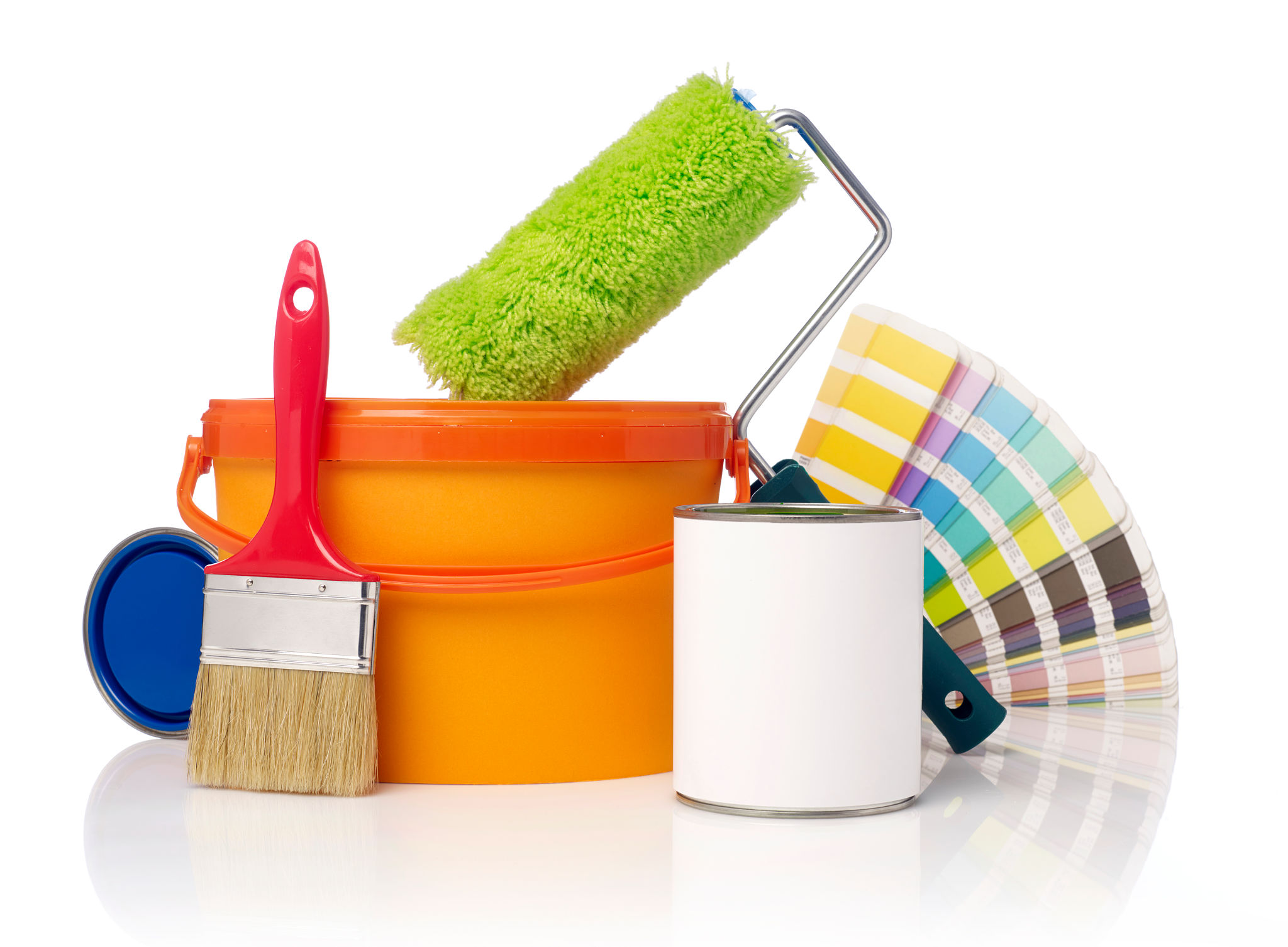DIY Home Painting Tips: How to Refresh Your Space Like a Pro
Preparation is Key
Before you start painting, the most important step is preparation. This includes gathering all necessary materials, such as paint, brushes, rollers, painter's tape, and drop cloths. Clean the walls thoroughly to remove any dirt or grease. If there are any holes or cracks, fill them in with spackle and sand them smooth once dry. Proper preparation ensures a smooth and lasting finish.

Choosing the right paint is crucial. Consider the room's function and lighting when selecting colors. For high-traffic areas, opt for durable, washable paints. Light colors can make a space feel larger, while darker shades add coziness and depth. Always test a small patch on the wall to see how the color looks at different times of the day.
Mastering Painting Techniques
Once you're ready to paint, the technique is essential for a professional look. Start by cutting in with a brush along edges and corners before using a roller for larger areas. This ensures clean lines and even coverage. Work in small sections and maintain a wet edge to avoid lap marks.

When using a roller, apply paint in a "W" or "M" pattern to distribute it evenly. Avoid overloading the roller to prevent drips. For ceilings, use an extension pole to reach high areas comfortably. Remember to apply two coats for the best coverage, allowing adequate drying time between each coat.
Finishing Touches
After painting, carefully remove painter's tape before the paint completely dries to avoid peeling. Touch up any missed spots or uneven areas with a small brush. Clean your brushes and rollers immediately with soap and water if you used water-based paints.

To maintain your newly painted space, regularly dust walls and clean any marks with a damp cloth. If you've used a gloss or semi-gloss finish, be gentle to avoid damaging the surface. With these maintenance tips, your refreshed space will stay looking new for years.
Safety and Environmental Considerations
When painting indoors, ensure proper ventilation by opening windows and using fans. This helps reduce fumes and speeds up drying time. Consider using low-VOC or zero-VOC paints for a more environmentally friendly option that also improves indoor air quality.
Always dispose of leftover paint responsibly. Many communities offer recycling programs or hazardous waste disposal events for paint cans and supplies. By following these guidelines, you can refresh your home safely and sustainably.
Conclusion
Refreshing your space like a pro with DIY home painting is achievable with the right preparation, techniques, and finishing touches. Whether you're looking to brighten up a room or add a touch of sophistication, these tips will guide you through the process smoothly. So, grab your brushes and start transforming your home today!
